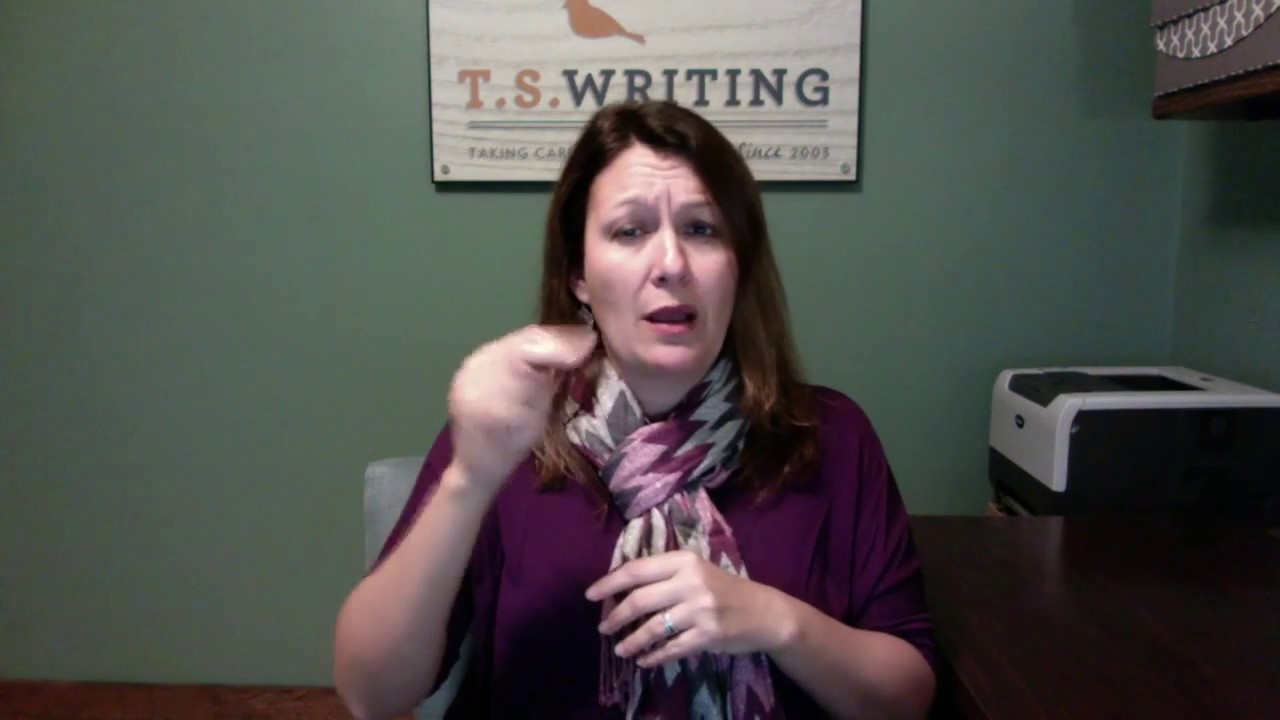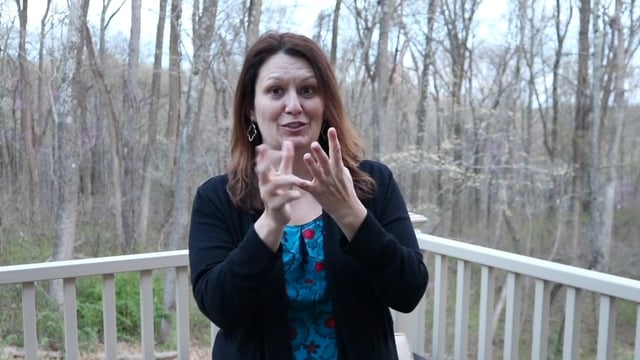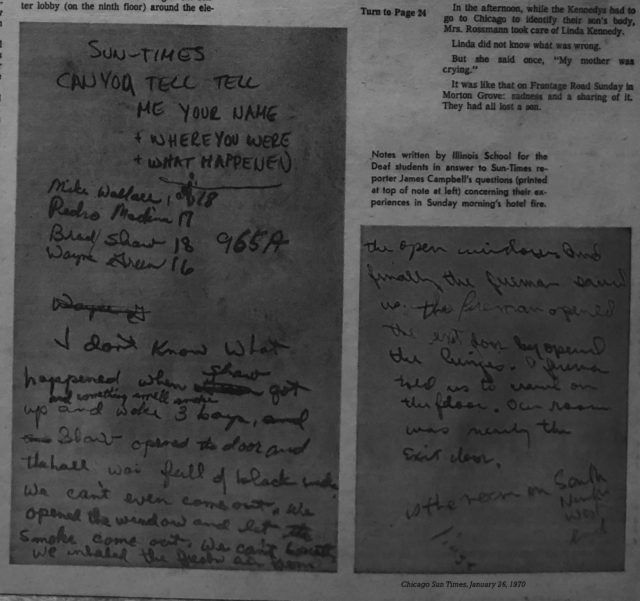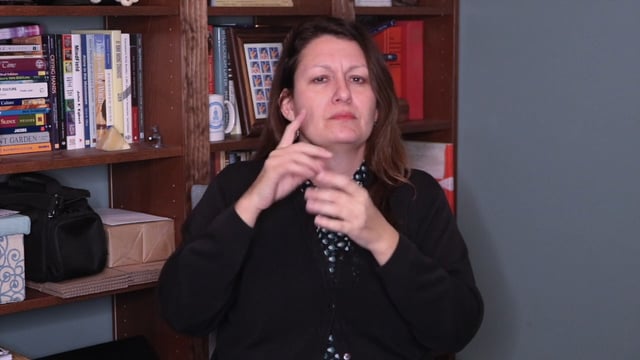Originally appeared in DeafNation Newspaper, March 1999. The interview for this article was conducted via e-mail.
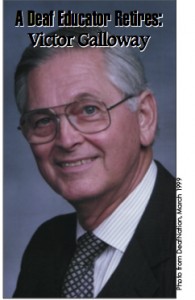 “Let me tell you this…retirement is but a phase in your career! I am just turning over a new leaf in the story of my life,” says Victor Galloway.
“Let me tell you this…retirement is but a phase in your career! I am just turning over a new leaf in the story of my life,” says Victor Galloway.
Galloway certainly has had many leaves in his tree of life, retiring at the age of 70 1/2 from a career that has spanned many years and many experiences.
Born in Atlanta, Ga., in 1928, he remembers, “I have very little recollection of my early years and the very first I can remember of my ‘being’ was in Clio, South Carolina, population 500. I grew up with Big Mama, who I later learned when I was about nine years old was really my grandmother.”
Galloway’s deafness was not identified until he was two and a half years old, when a local physician realized that Galloway’s “slowness” was not due to mental retardation, but to hearing loss.
“When I turned six years old, Big Mama packed a steamer trunk with all my clothes and personal stuff, which were then loaded into my uncle’s vehicle,” Galloway says. “I could not figure out what was going on. Big Mama tried to tell me that I was going to get shoes. On we went through towns and villages, and each time we passed stores that looked like they sold shoes, I kept pointing at themand beseeching them to stop and back up.”
He later realized that Big Mama was actually trying to tell him that they were going to school. “Such was the vagaries of lipreading,” exclaims Galloway.
He enrolled at the South Carolina School for the Deaf and the Blind, and continued there for the next 13 years. Galloway, with other students at SCSDB, learned sign language even though the school had strict policies in favor of oralism.
When he arrived at high school level—in these days, deaf schools ended at the eighth grade—Gallaudet entrance examinations were administered, but he could not take them because he was only 15 years old. Officials decided that because they would be unable to challenge Galloway academically, he would best benefit from a public school education. “This proved to be the best thing that ever happened to me!” Galloway says.
“I got to play basketball and football with the big guys. I was on varsity basketball and football teams. One of the linemen on the football team learned enough sign language to give me the signals in he huddles. This team was equivalent to the 5-A teams in Texas. My egotism knew no boundaries, but hey, in such a rarefied atmosphere, I had every reason to crow.”
Galloway was mainstreamed without interpreting services, tutoring or notetakers. “Mainstreaming was not yet a word, and Public Law 94-142 would not be enacted for approximately 30 years,” Galloway explains.
“I did not know such services existed so I really never felt deprived or oppressed. I happened to be a serious student, so I made the Beta Club—which became the National Honor Society a decade or so later.”
After attending Gallaudet College, Galloway was a high explosives research chemist at the U.S. Naval Ordnance Laboratory in Maryland. He then worked in Atlanta as a process control engineer at Lockheed Aircraft Corporation, which transferred him to Sunnyvale, Calif. After 12 years with Lockheed working in various positions, Galloway says, “A strange turn of events found me as a graduate student in the famous Leadership Training Program at the then San Fernando Valley State College, now California State University, Northridge.”
“Upon receiving my master’s degree, the late Dr. Ray L. Jones, the legendary educational leader who paved the way for many deaf individuals to move into leadership positions. . .persuaded me to remain at CSUN as a faculty member and to assume partial responsibility for the Leadership Training Program. Undoubtedly, my years in the LTP gave me the impetus to move ahead and upward, and ultimately led me to the superintendency of two state schools for the deaf.” Galloway was Superintendent of the Scranton School for the Deaf in Pennsylvania, and Texas School for the Deaf in Austin.
Galloway, upon encouragement from numerous colleagues and superiors, decided to enroll at the University of Arizona in Tucson for two years as a doctoral student. There, he, along with Dr. Norm Tully and Dr. Richard Johnson, developed a proposal that led to the development of the Community Outreach Program for the Deaf in Tucson. This program recently celebrated its 25th anniversary.
He completed all the requirements but decided to do the dissertation in absentia so he could take his family (including three small children) to Rochester, N.Y., and accept a position at the National Technical Institute of the Deaf (NTID). He started as an educational specialist in the College of Science and College of Applied Science, and eventually became the Director of Certificate, Diploma and Associate of Arts program.
He says of that time, “It was an exciting time, a real opportunity to break ground in the education of deaf individuals. I welcomed very much the responsibility to establish the program for the very first 70 students to enroll at NTID. This is yet another accomplishment of which I am proud. I should point out that it was at NTID where I learned to accept responsibility and to carry it out completely.”
Galloway’s immediate supervisor was Dr. William Castle, who was the Vice President of NTID for many years. Galloway says of Castle, “He strongly believed that if one was assigned a major responsibility, he or she must have the authority to carry out this responsibility. I am forever indebted to Dr. Castle for grooming me for future challenges.”
Galloway made his way to his most recent career at the Department of Education in Washington, D.C., where he was Chief of the Deafness and Communicative Disorders Branch. Here, he was heavily involved with technology. When asked how he got involved with promoting technology, Galloway answers, “In October of 1994 I was going through an exhibit hall on my way to my office building. This all-day exhibit was primarily to showcase various computers and programs that could increase the federal government’s productivity and so on.
“The one that fascinated me was a monitor showing a speaker apparently presenting a paper and I was trying to decide if the computer was using a tape.” The exhibitor of that booth started to speak to Galloway, but when Galloway indicated he was deaf, the exhibitor immediately retrieved an interpreter. The exhibitor then explained that the speaker was actually at a site in front of a camera 25 miles away in Rockville. This was Galloway’s introduction to videoconferencing, and he quickly saw how two deaf people could communicate using this technology.
After a preliminary experiment, Galloway set up a videoconference with the Rehabilitation Services Administration, the University of Illinois, and a group of rehabilitation students at the University of Dublin in Ireland. He says, “This is the technology of the future—no, make it the present! With the growth of fiberglass optics networks, the cost of this development will slowly decrease. The current high costs discourage the use of this technology in the homes of deaf people.”
Galloway sees a future in this for fields such as remote interpreting and one-on-one conversations between deaf individuals in different locations. “Many of the technical developments that we see today are those we did not even dream of just a decade ago. I believe that such developments will eventually enable deaf and hard of hearing individuals to communicate with their hearing colleagues regardless of the differences in their linguistic capabilities,” predicts Galloway.
“With the rapidly changing faces of this planet and the constant upheaval in the world of work along with the new developments that quickly become obsolete (remember when WordPerfect 5.1 was big?), we must be mentally prepared to accept such shifts in the area of employment and to fully realize that no one can stop learning.”
Galloway also emphasizes the importance of continuing education. “Over the decades I have had to continually go to school or to enroll in short-term training programs in order to remain abreast of development.”
In 1994, Galloway even got a taste of the big screen by appearing in The River Wild, a movie with Meryl Streep. The movie, which was filmed in Montana, left quite an impression upon Galloway. “It was some experience that I will never forget! I left the set with a lot more respect for filmmaking!” he says. “I enjoyed playing the role of her father. I was on the set nearly seven weeks and ended up with about five minutes on the screen so that tells how so much work is involved!”
Galloway also says that Meryl Streep was such a sincere person. “I found [her] to be a true artist and one really wonderful person. There is absolutely nothing phony about her; she is genuinely a good person. I enjoyed playing the role of her father.”
Now that Galloway has achieved so much in his career, doesn’t he want to rest and appreciate his free time? “Free time? Let me tell you this…retirement is but a phase in your career!”
Even though he recommends retirement highly, Galloway shares a story he jokingly identifies with. “Seems there was a very well-liked four-star general at a base located adjacent to a thriving small community. He had become a fixture there, so when one day he announced his retirement it sent a ripple of shock throughout the entire community. The local paper’s reporter decided to go to the base to interview him. ‘So now after so many years on the base what are you going to do?’ asked the reporter. The genial general thought momentarily and replied, ‘Well, I reckon I will go back to my ranch and sit in my favorite rocking chair on the front porch and then after two weeks I will begin to rock!’”
Galloway plans to work on several home projects, doing a bit of consulting in the area of education and rehabilitation of deaf and hard of hearing people, spending time with his wife and travelling when she retires in a few years, enjoying his grandchildren, and most importantly, breaking 100 on the golf course. He says of time with his family and golf, “This I think is like riding into the glorious sunset!”
Copyrighted material. This article cannot be copied, reproduced, or redistributed without the express written consent of the author.

